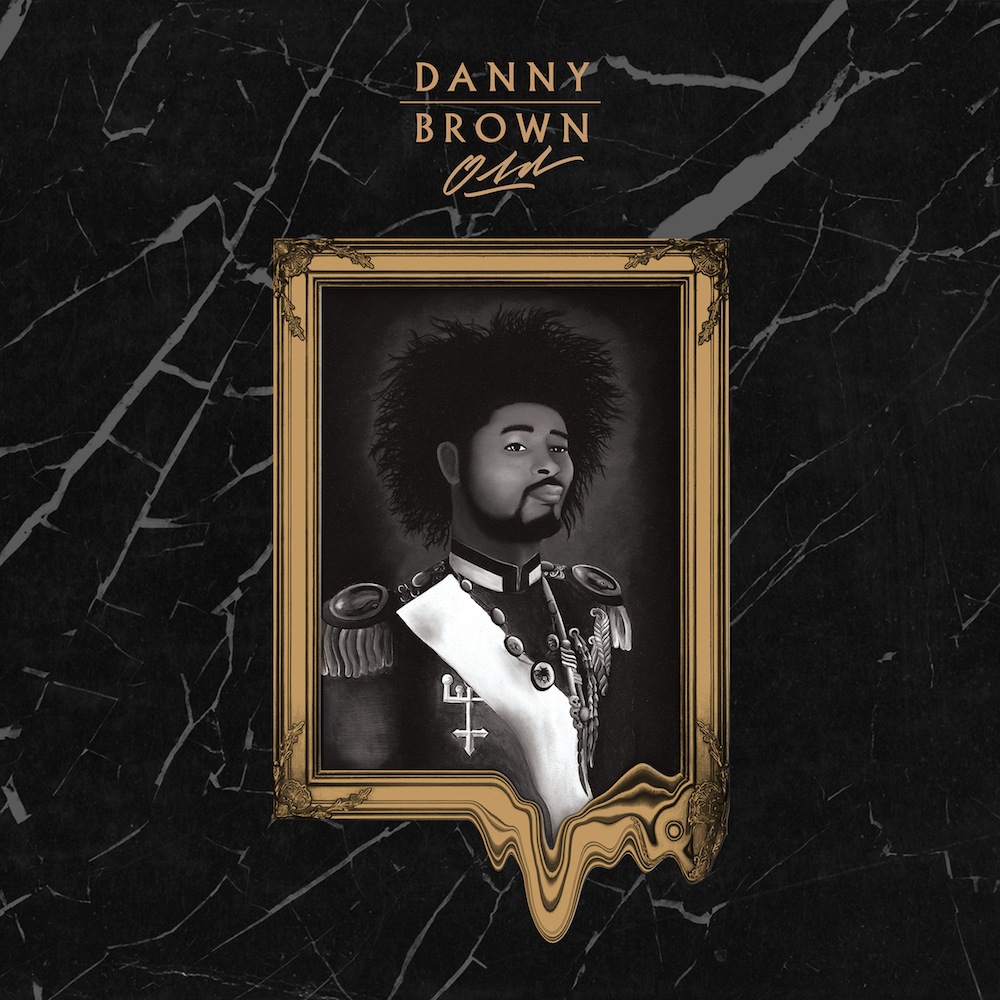By Martin Castro (Contributor) – Email
Print Edition: January 22, 2014
I don’t think anyone really likes Danny Brown’s voice the first time they’re exposed to it. I remember I didn’t when I first heard a track from Brown’s 2013 Old. I was sitting on the swings of a local park with a friend, up to no good as usual. “Hey, check this out,” he said. Seconds later, my ears were filled with the most ridiculous voice I’d ever heard, along with some of the most unusual production I’d come across in a rap song. I walked away from my first encounter with Danny Brown thinking that if ever there was a voice you’d expect to belong to a stereotypical crack-cocaine addict, this was it.
However, I couldn’t completely dismiss Brown, because like it or not, the man could rap.
Days later I gave in and downloaded Old Brown’s sophomore album. I came across a picture of Danny Brown in the process, and immediately thought that if ever there was a face that you’d expect to see on a stereotypical cocaine addict, this was it.
One thing I look for when listening to rap is how tightly a rapper manages to adhere to the rhythm of a track while rapping. I was floored. Brown’s ability to put out verses that fall perfectly in line with the track rhythmically, without having to hesitate or make changes in pronunciation to accommodate a word, and without straying from an established rhyme scheme, is truly impressive. This is a man who understands that a rapper’s voice isn’t used to produce melodies. It’s used in the same way a drum kit would be; it’s all about rhythm. Old is packed with the type of rhythmic precision that Brown seems to strive for. Tracks like “Kush Coma” highlight Danny Brown’s rhythmic prowess.
One of the most attractive aspects of Old, along with the lyrics and execution, is Brown’s ability to fluctuate between two almost entirely different voices; a whiny, high-pitched near-squeal that is the most prominent Danny Brown trademark, and a deep, aggressive tone that is almost the complete opposite of Brown’s normal voice. This is especially highlighted in tracks like “Red 2 Go.”
Regarding the content of his songs, Danny Brown is about as stereotypical a rapper as you’ll ever meet. This album is riddled with songs about his family’s struggle for money when he was a young child, and songs almost entirely focused on partying and drug use. With a song title like “Smoking and Drinking,” there aren’t many places it can go except “smoking blunt after blunt after blunt after blunt.”
Danny Brown songs, in terms of what they’re about, can be neatly tucked away in one of three possible categorical drawers: smoking (both cigarettes and marijuana), molly (a concentrated form of MDMA), and fellatio. If you’re trying to challenge the conventions of rap, or trying to prove to your older relatives that rap is not all sex and drugs and rock-and-roll, Danny Brown is not your man.
But if you’re looking for a rapper that manages to keep an original sound, even in today’s music scene, you’ve come to the right place.
For a 31-year-old, Brown doesn’t look, sound, or act like it. And it comes across in his music. But Old produced one of the most confident rap albums I’ve heard in a long time. Brown keeps nothing back. He has poured his lifestyle and beliefs into this record, and as questionable as those beliefs may be, his efforts have resulted in one of the most thoroughly enjoyable rap albums of the past decade.


